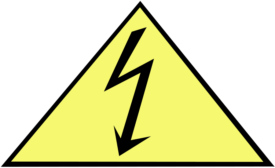News
FTA: Fixing D.C. rail system “a long and difficult task”
Improving worker protection on its "to do" list
May 25, 2016
FairWarning Reports
In 2015, motorcycle crashes helped drive highway death toll to highest level in years
May 24, 2016
Never miss the latest news and trends driving the safety industry
eNewsletter | Website | eMagazine
JOIN TODAYCopyright ©2024. All Rights Reserved BNP Media.
Design, CMS, Hosting & Web Development :: ePublishing







